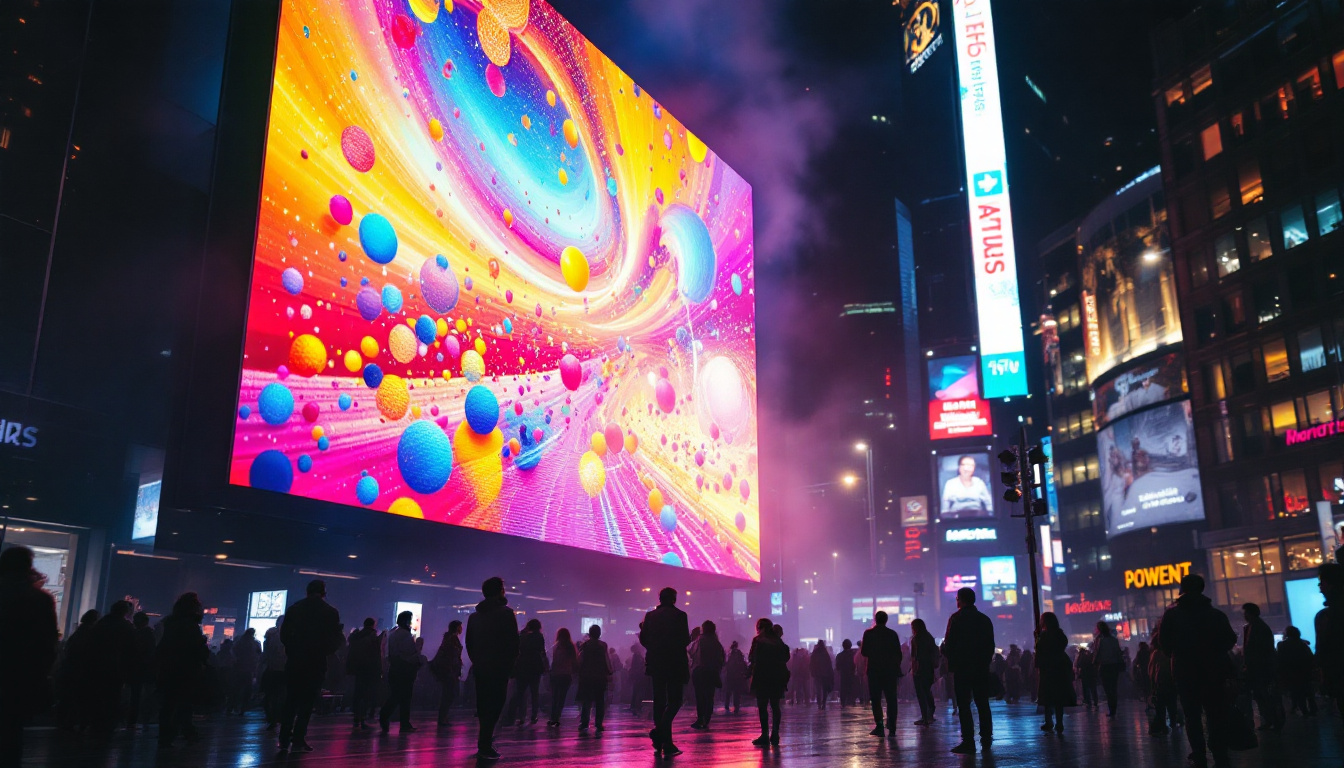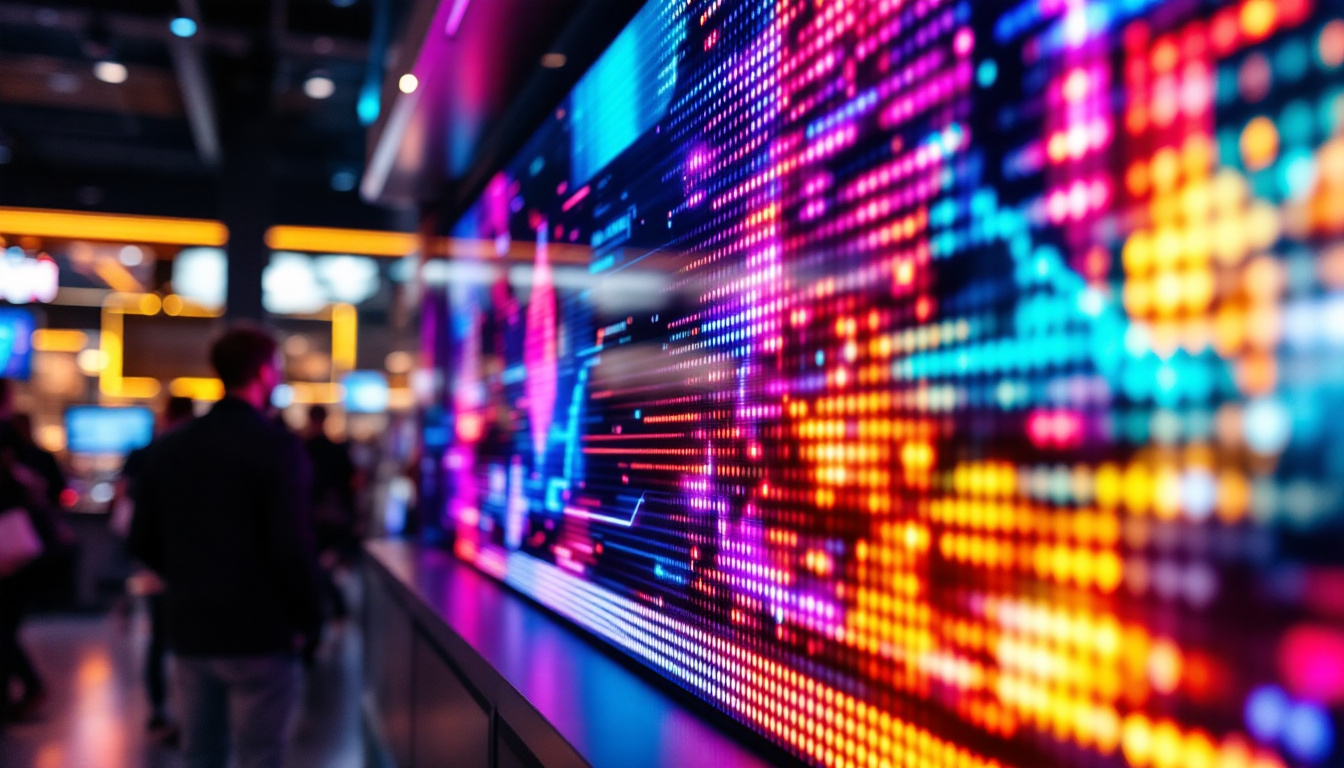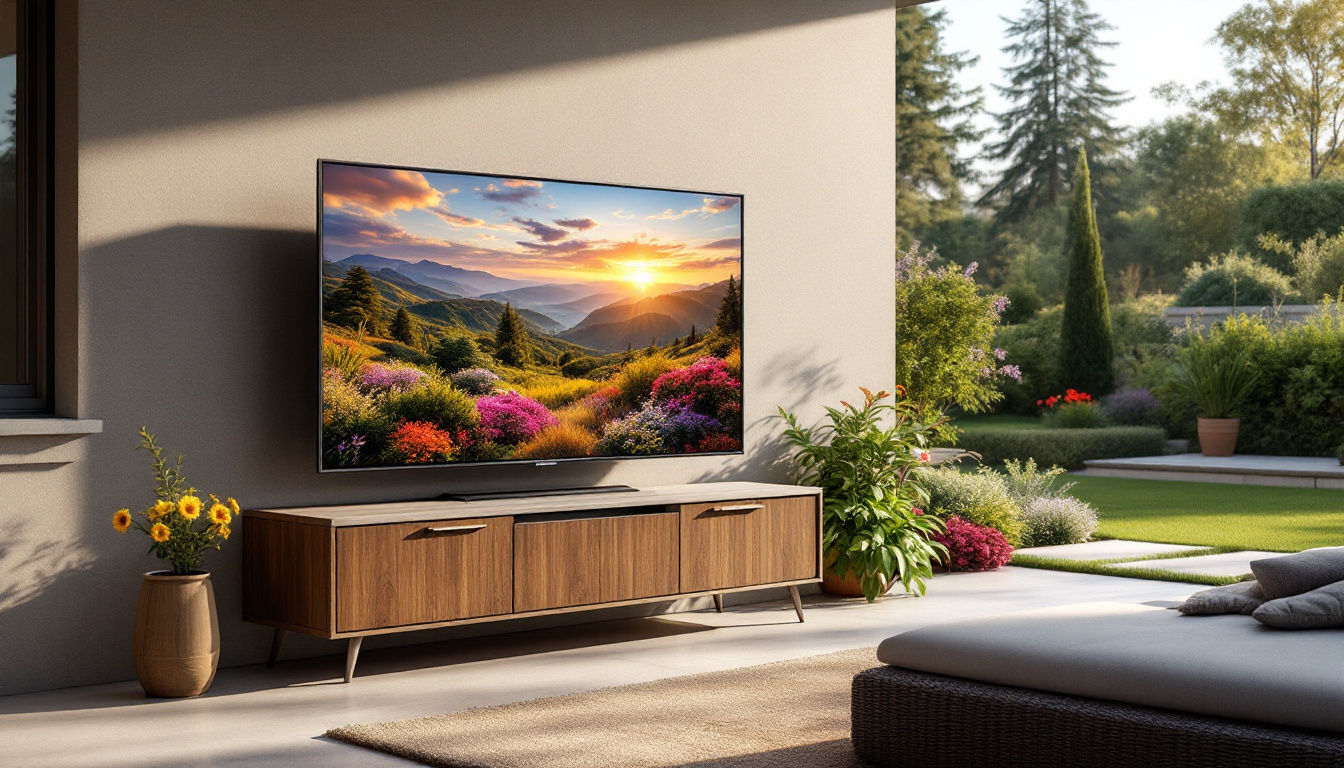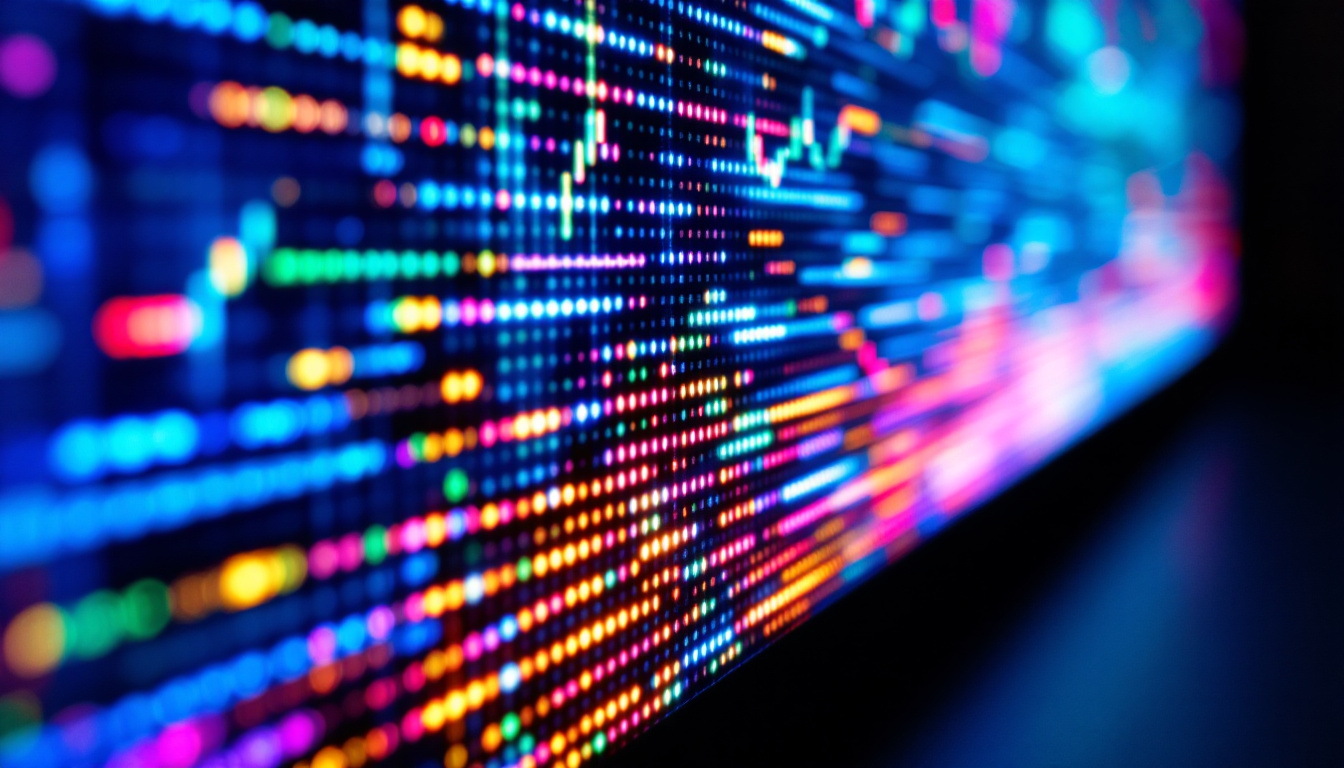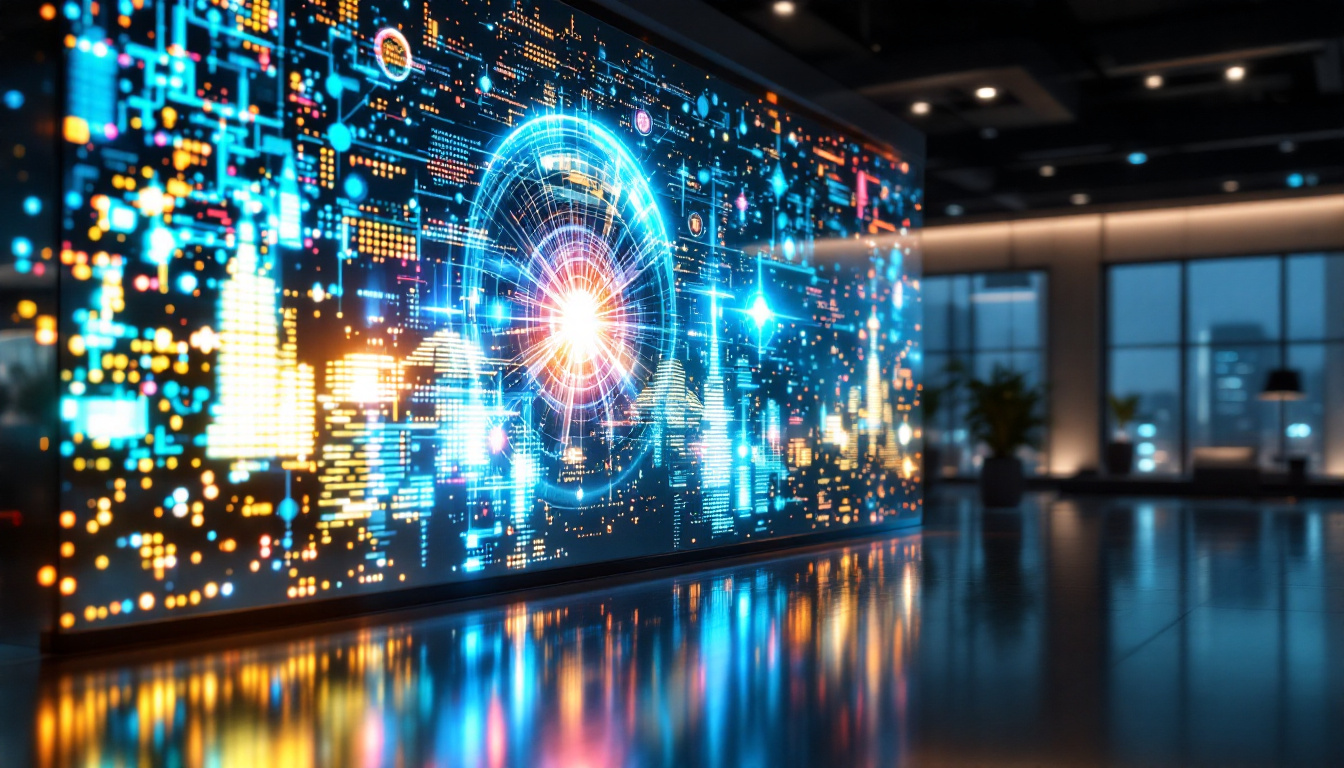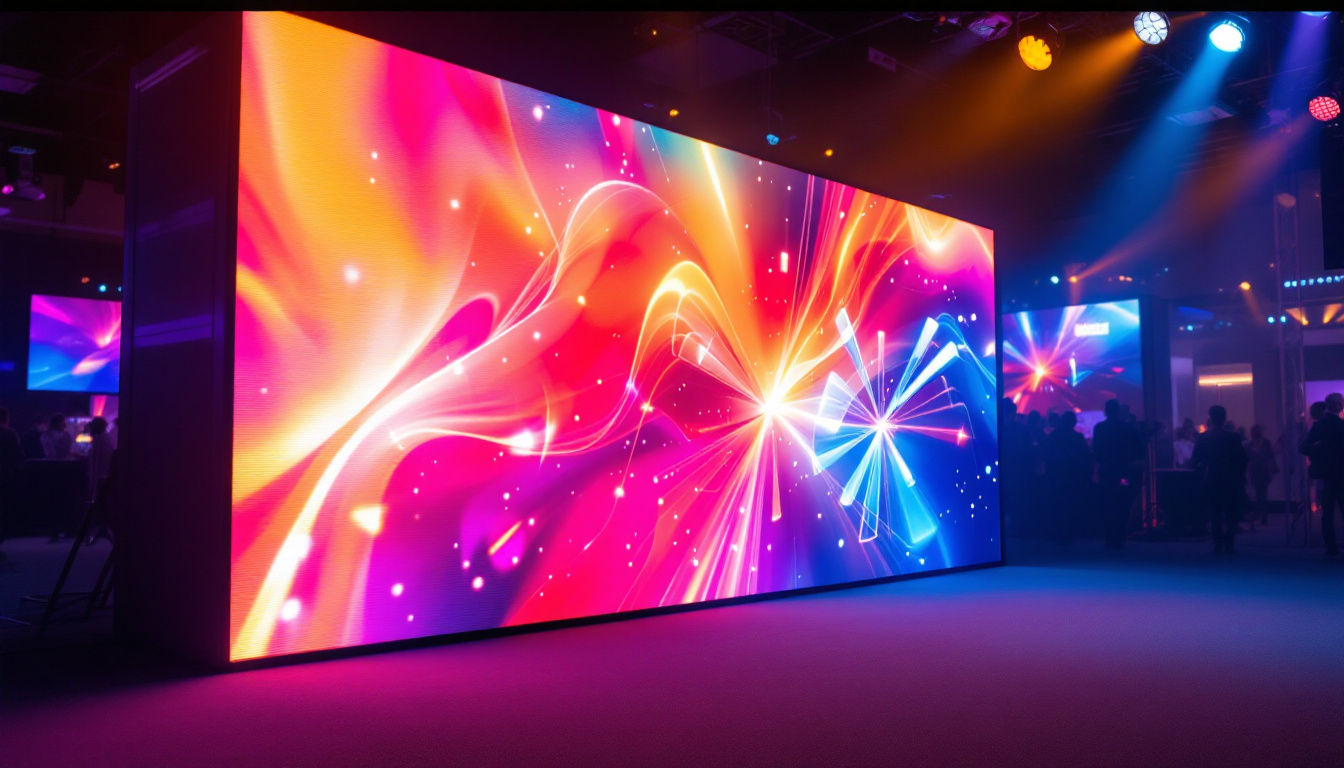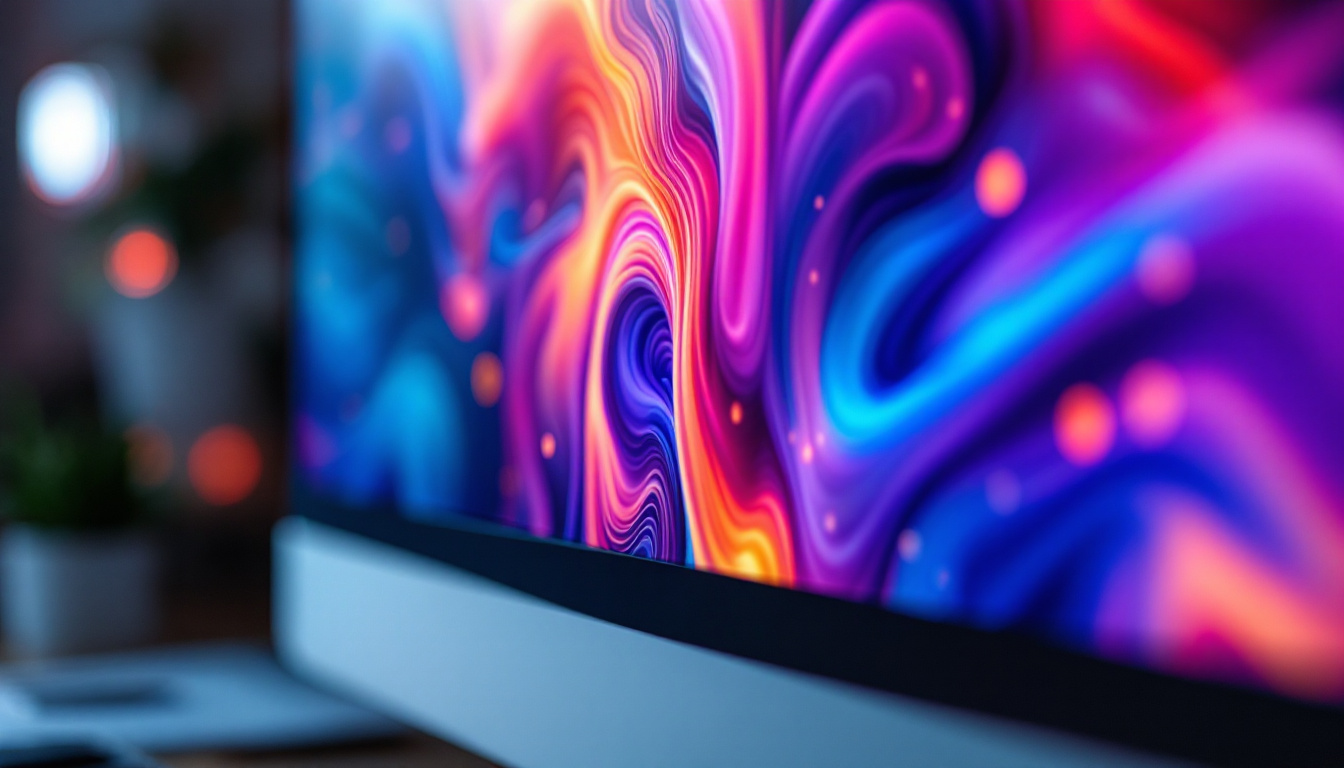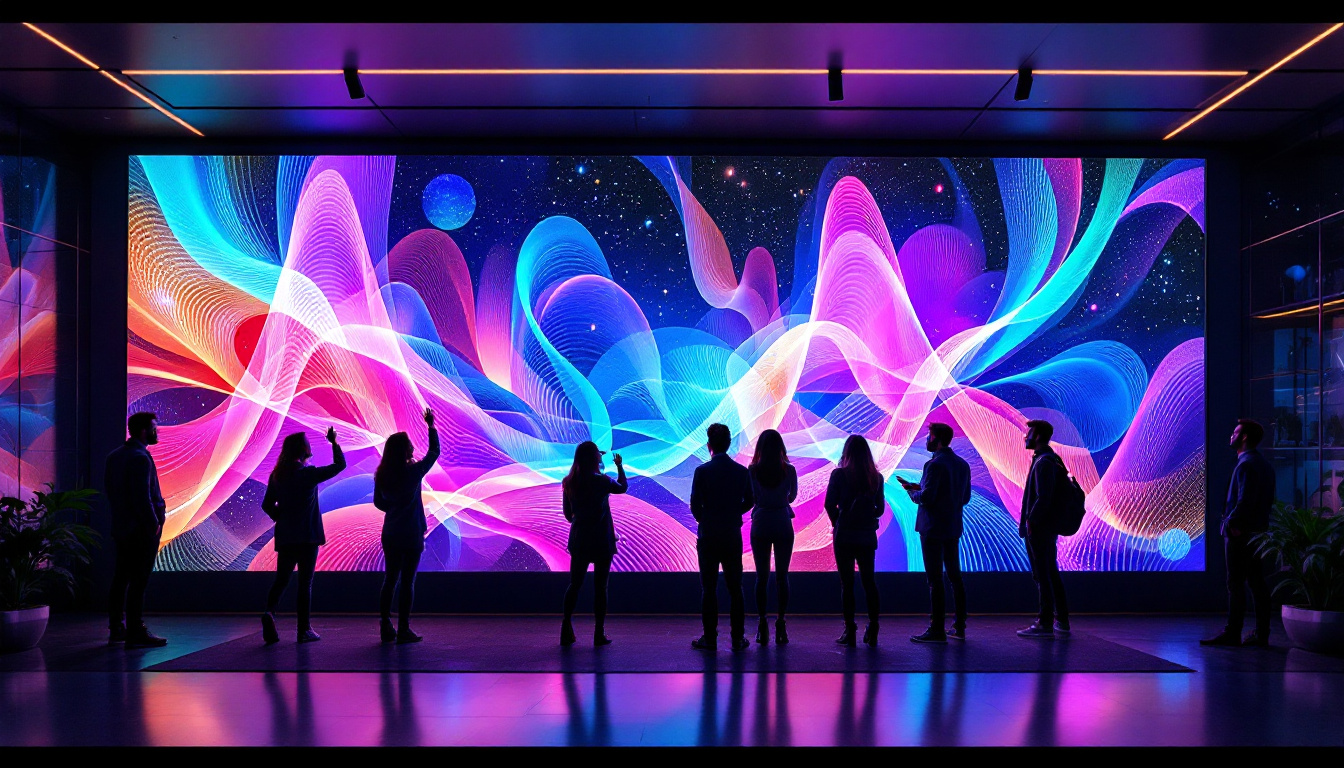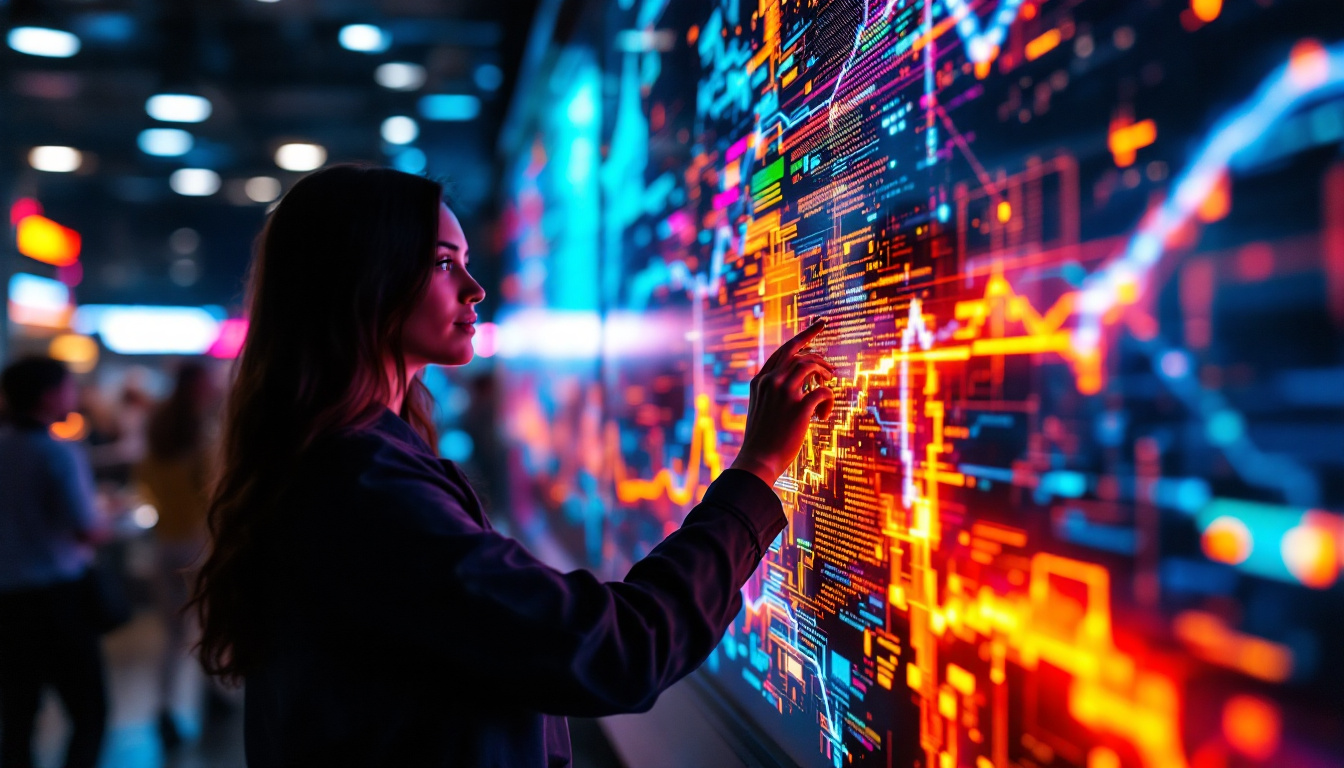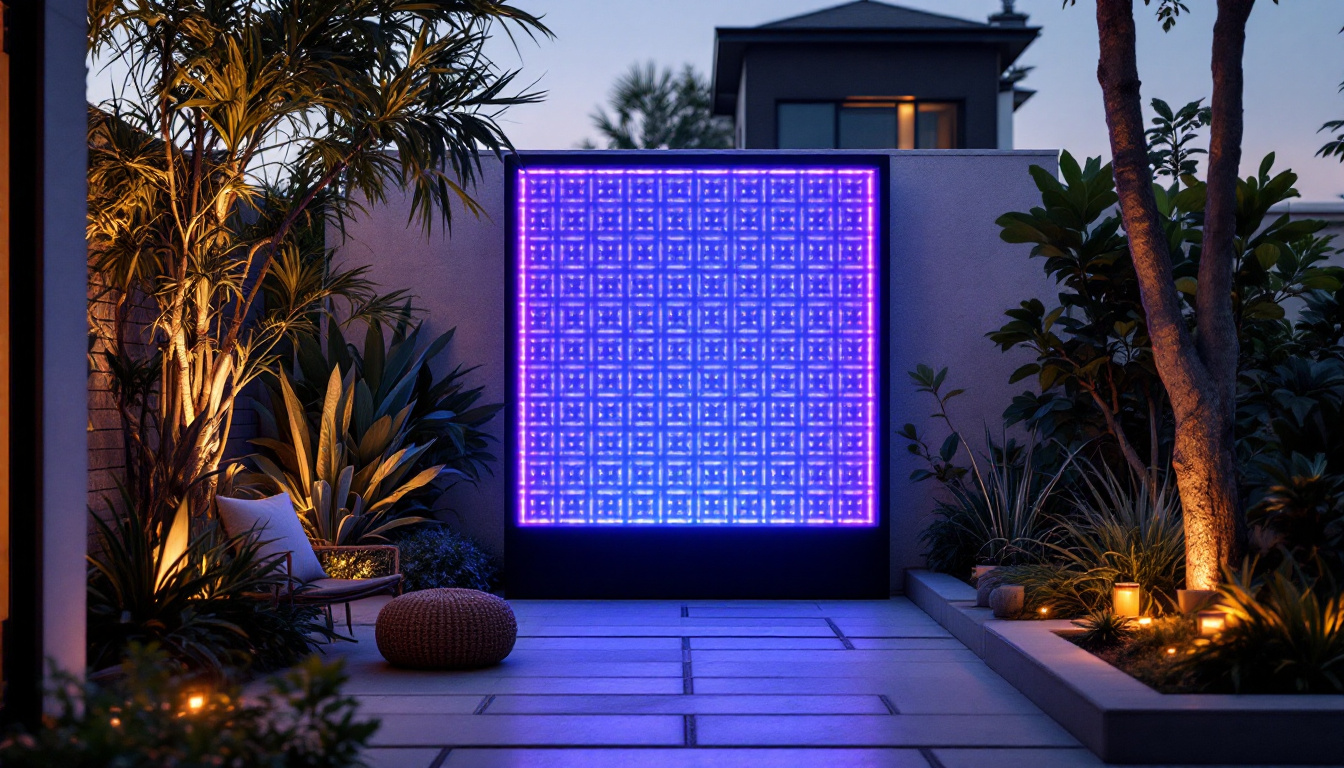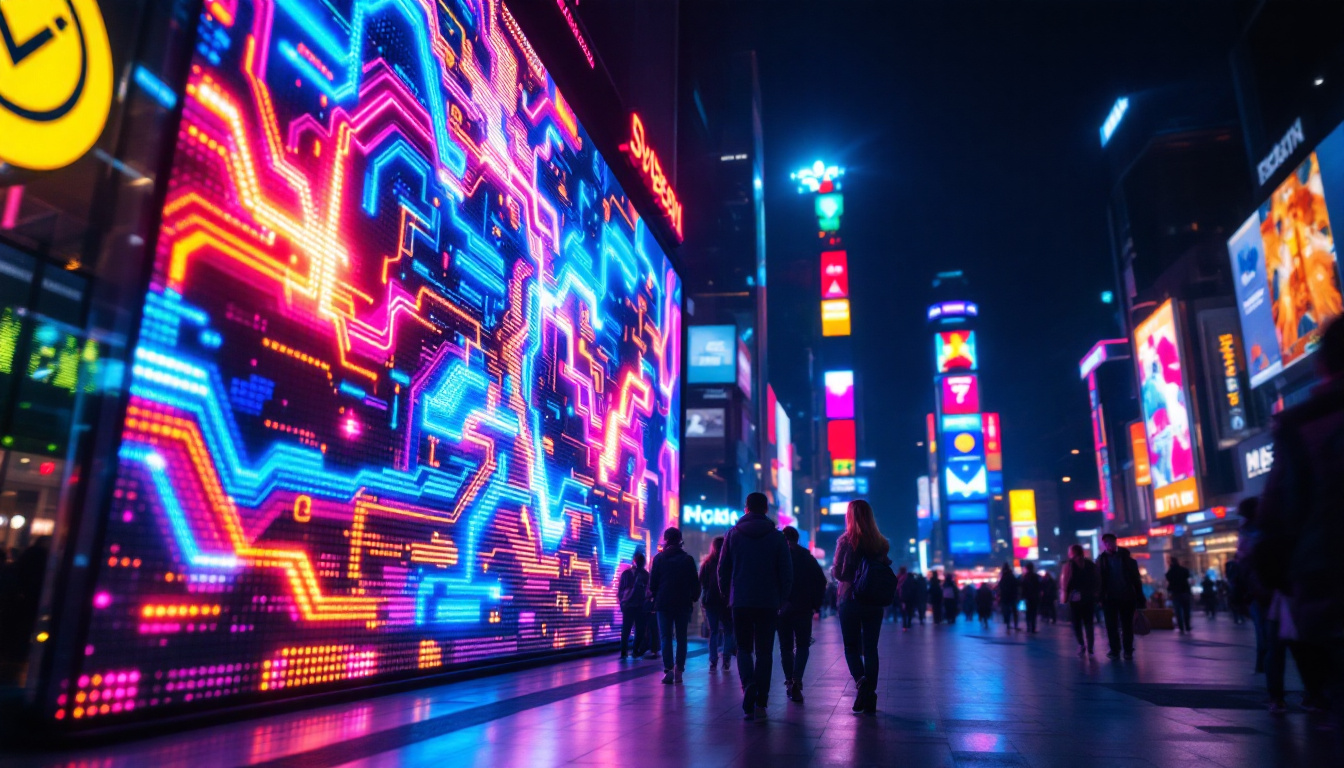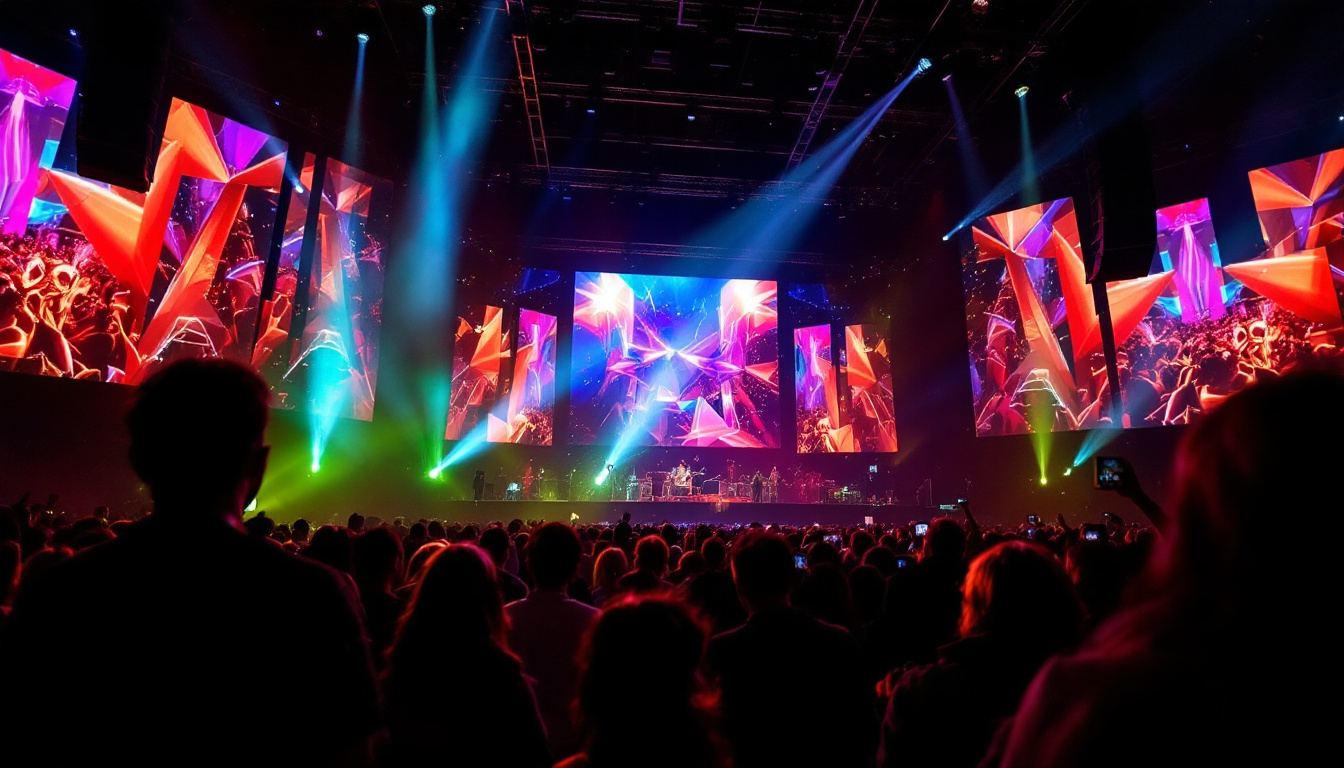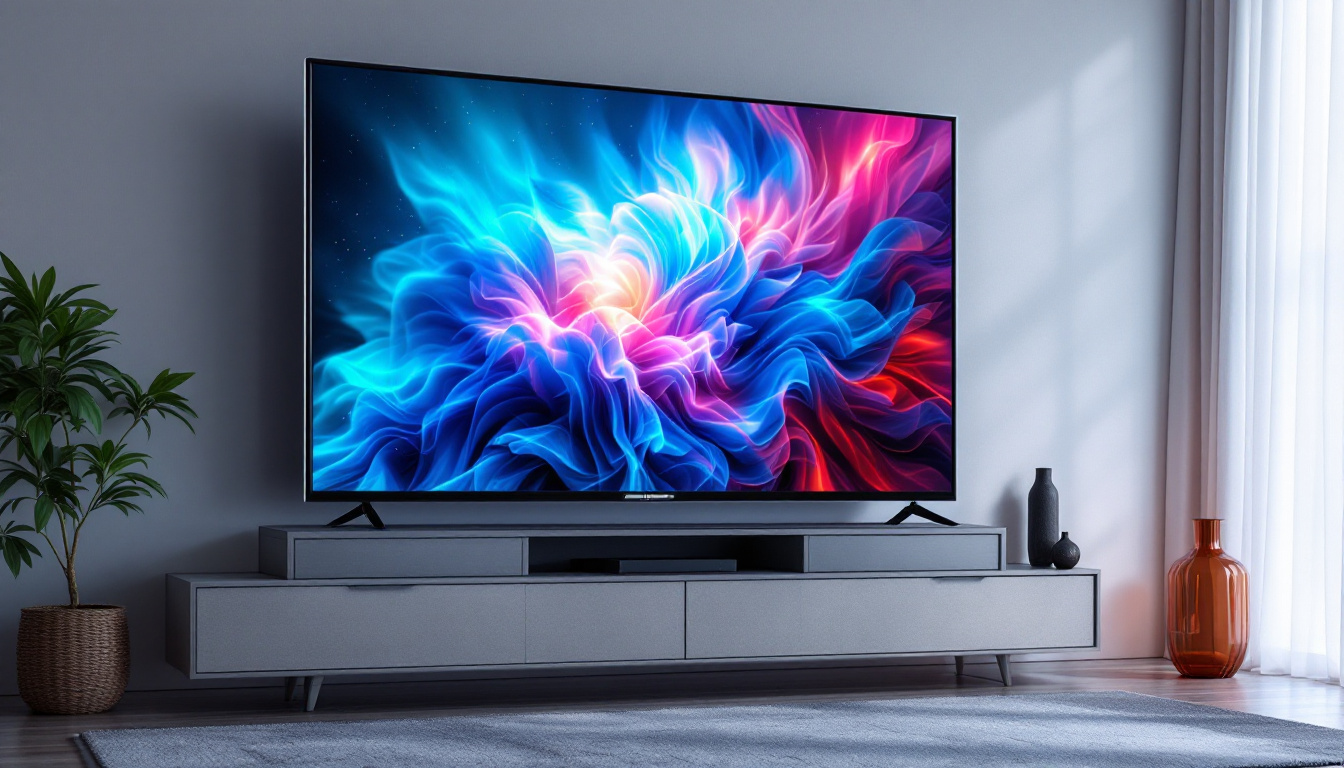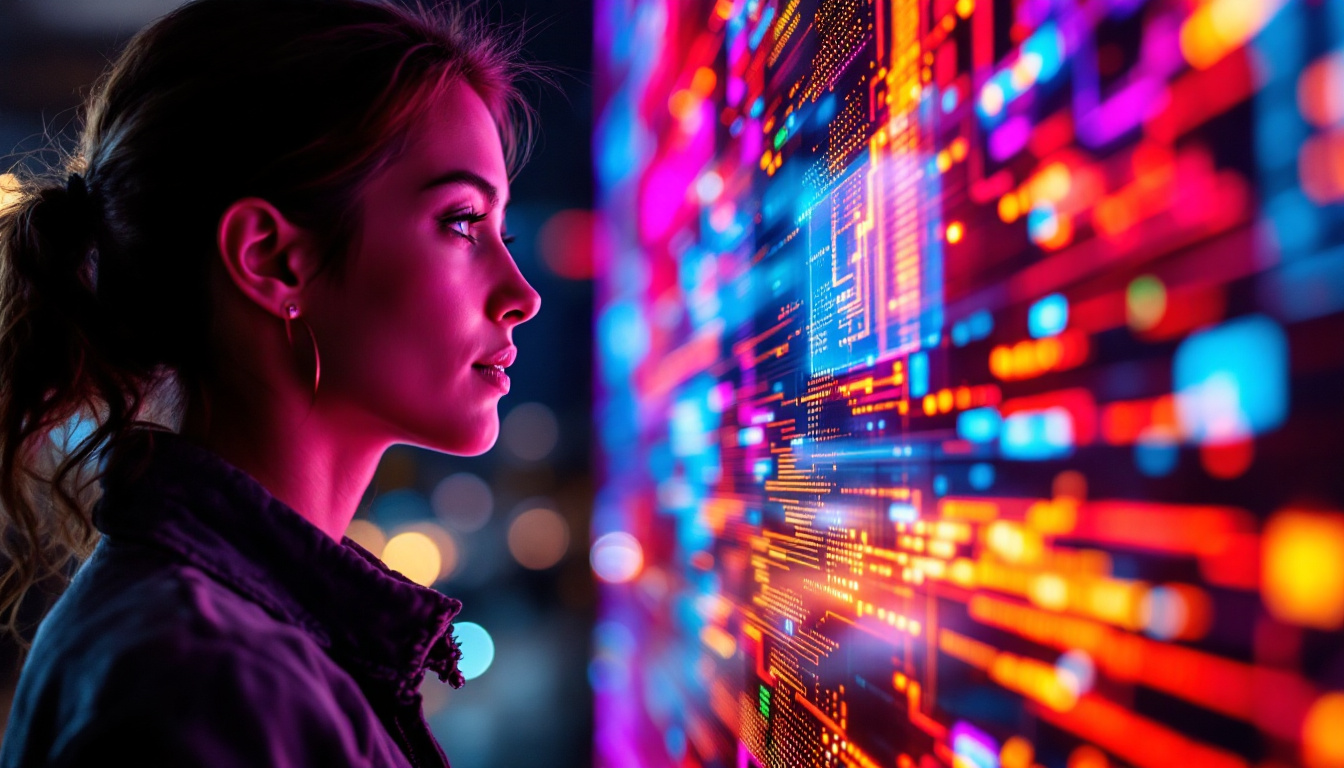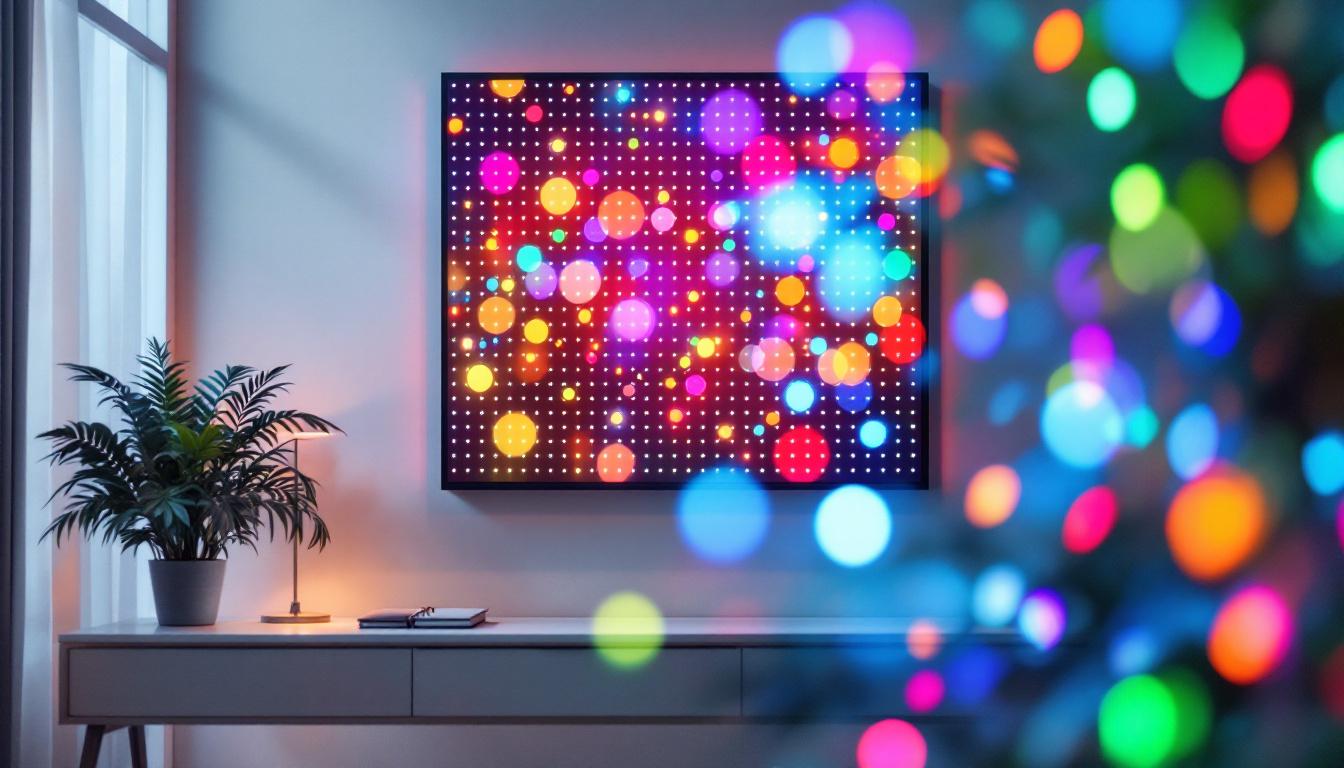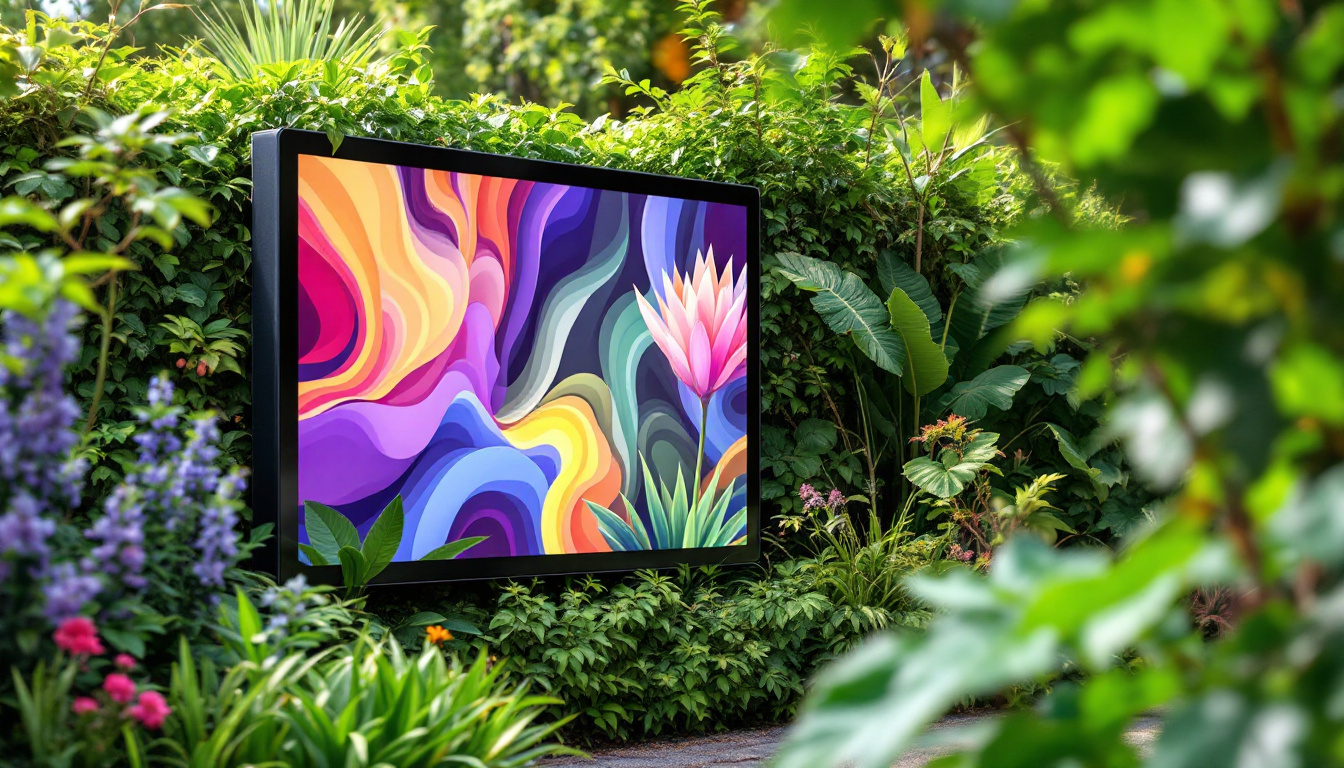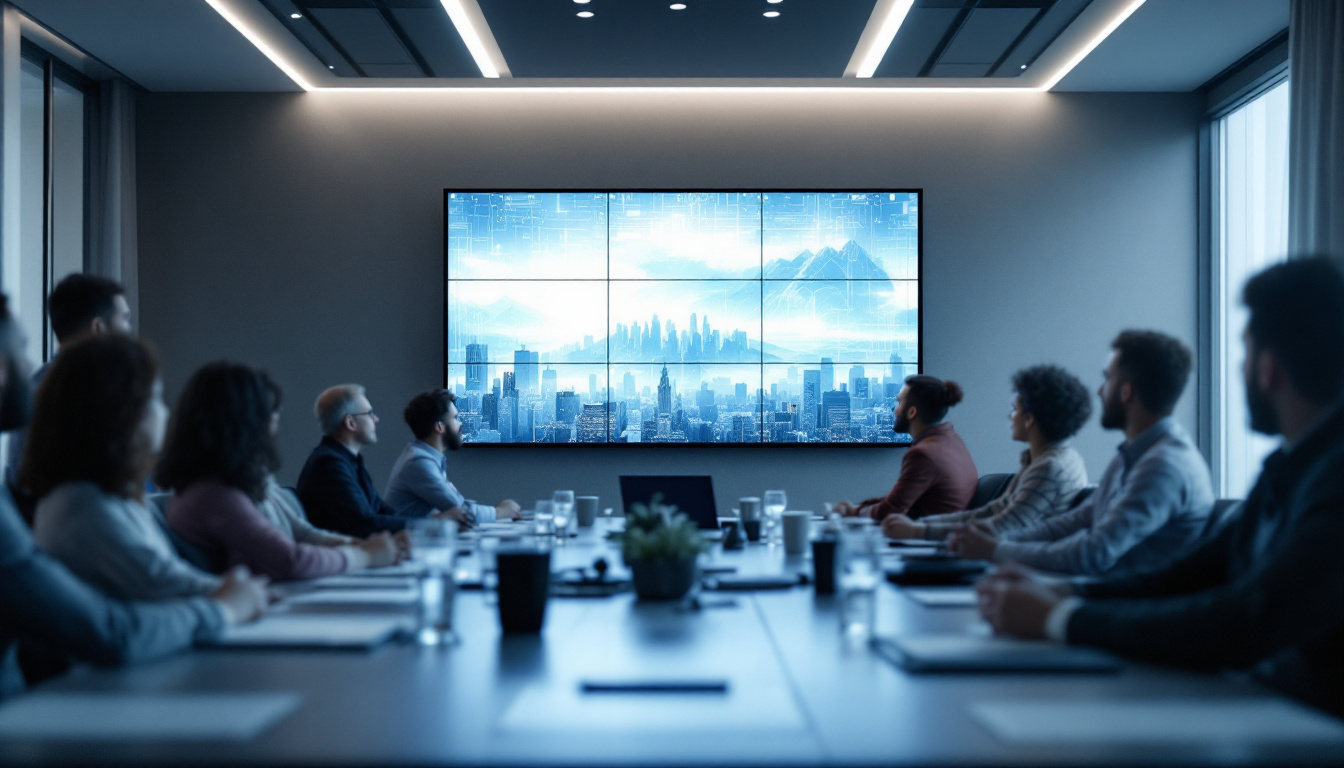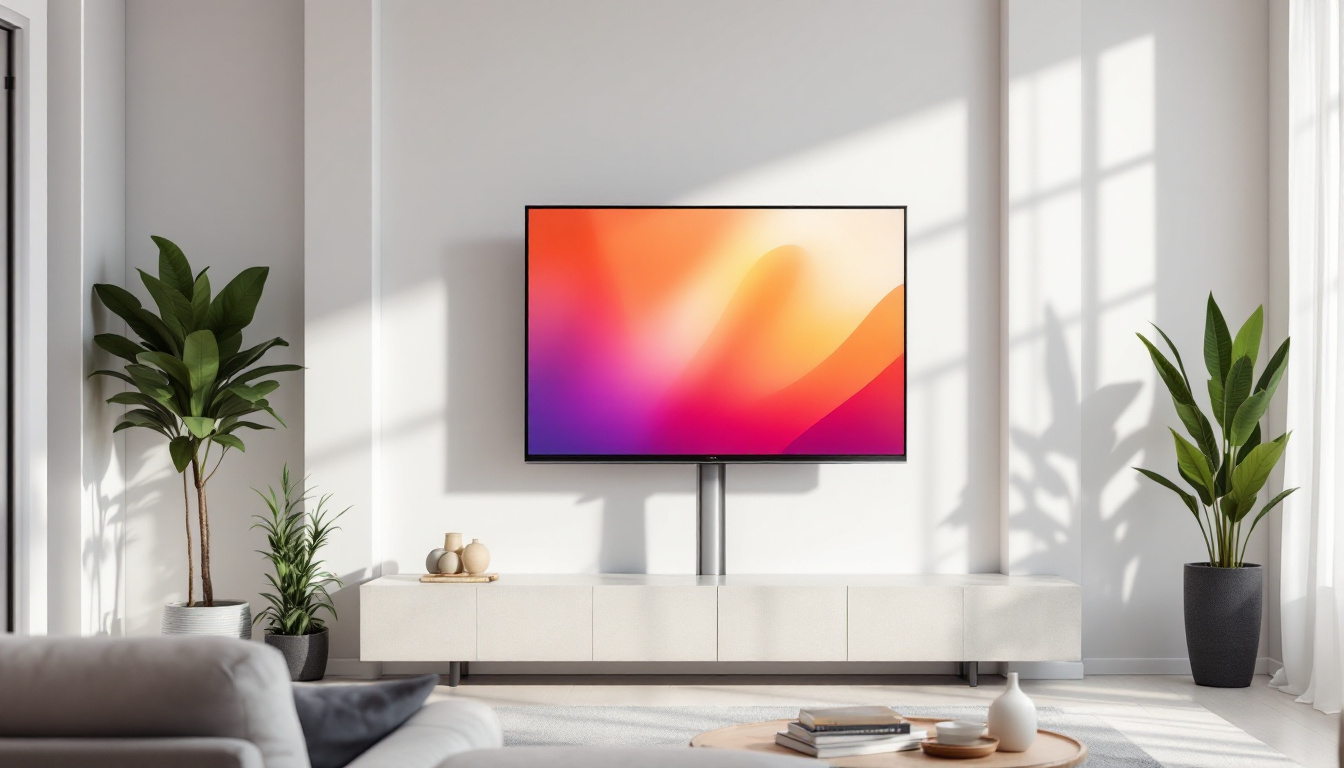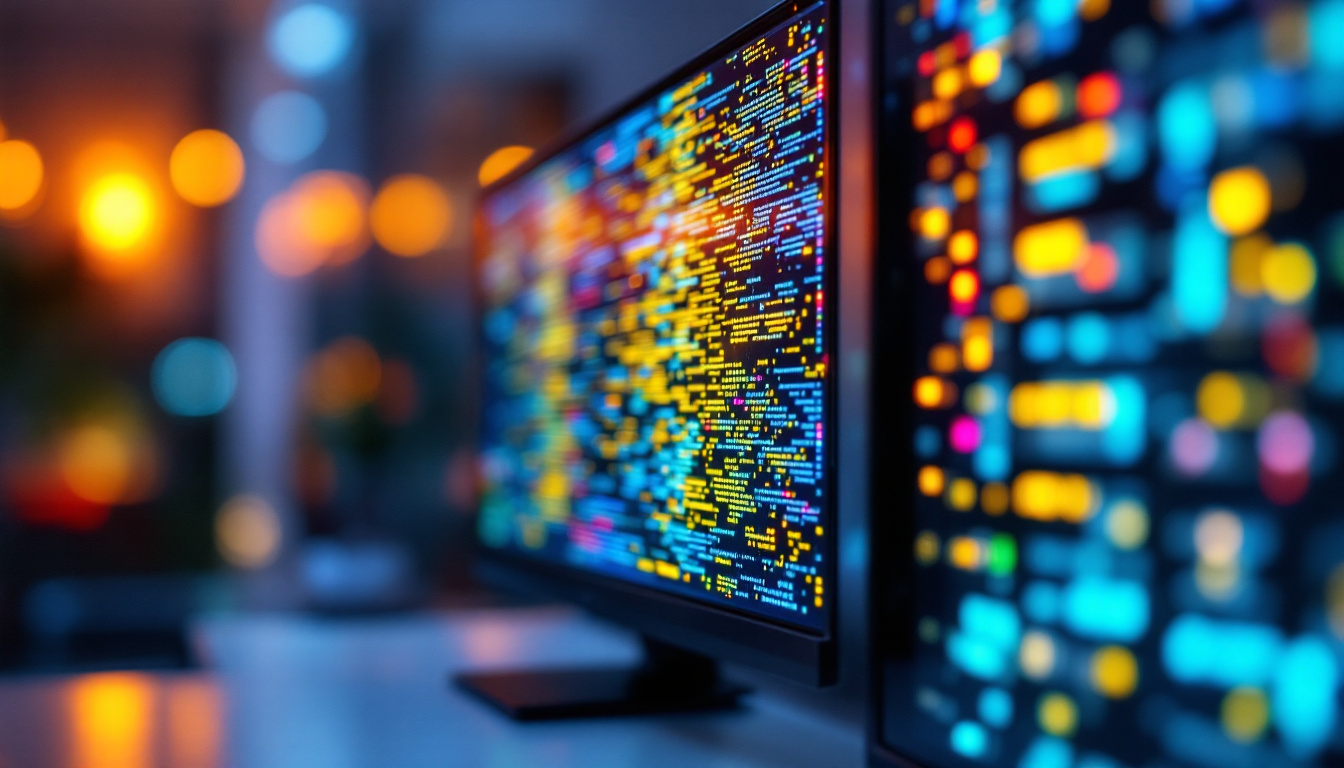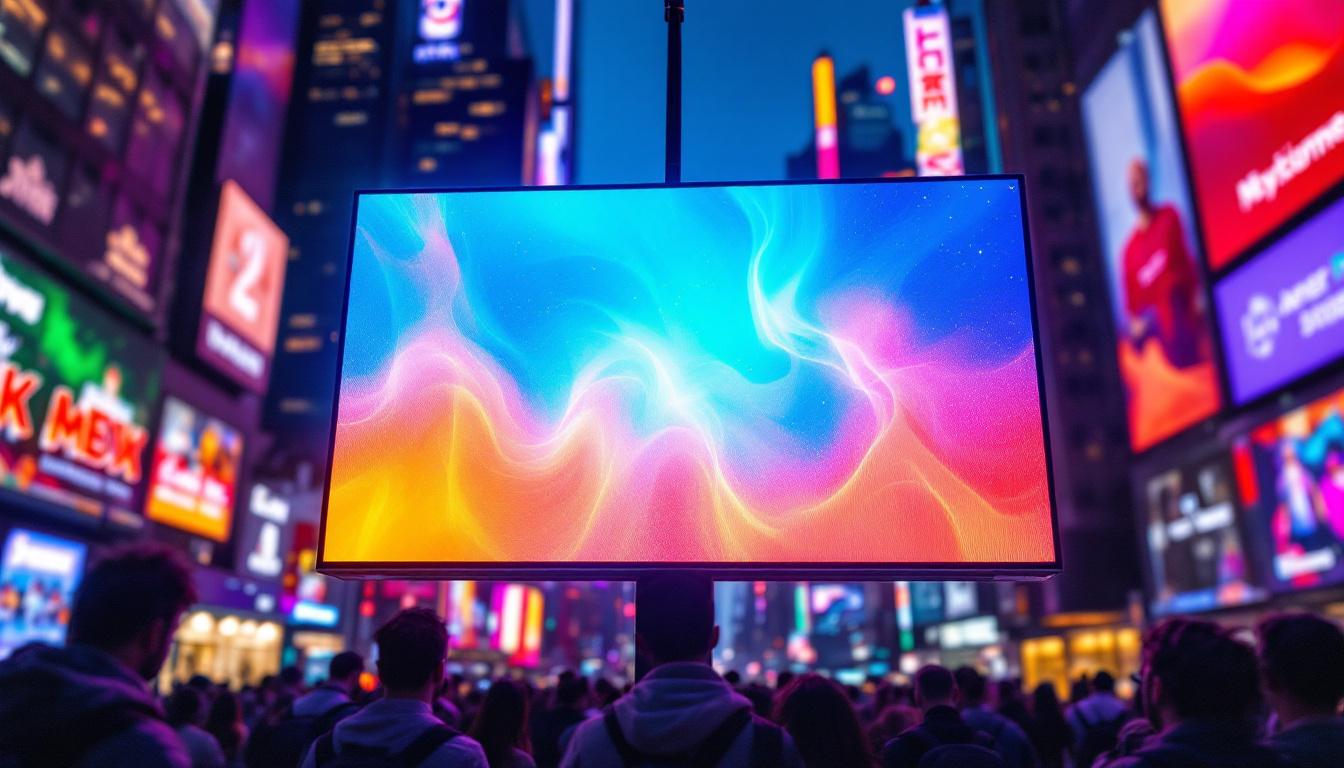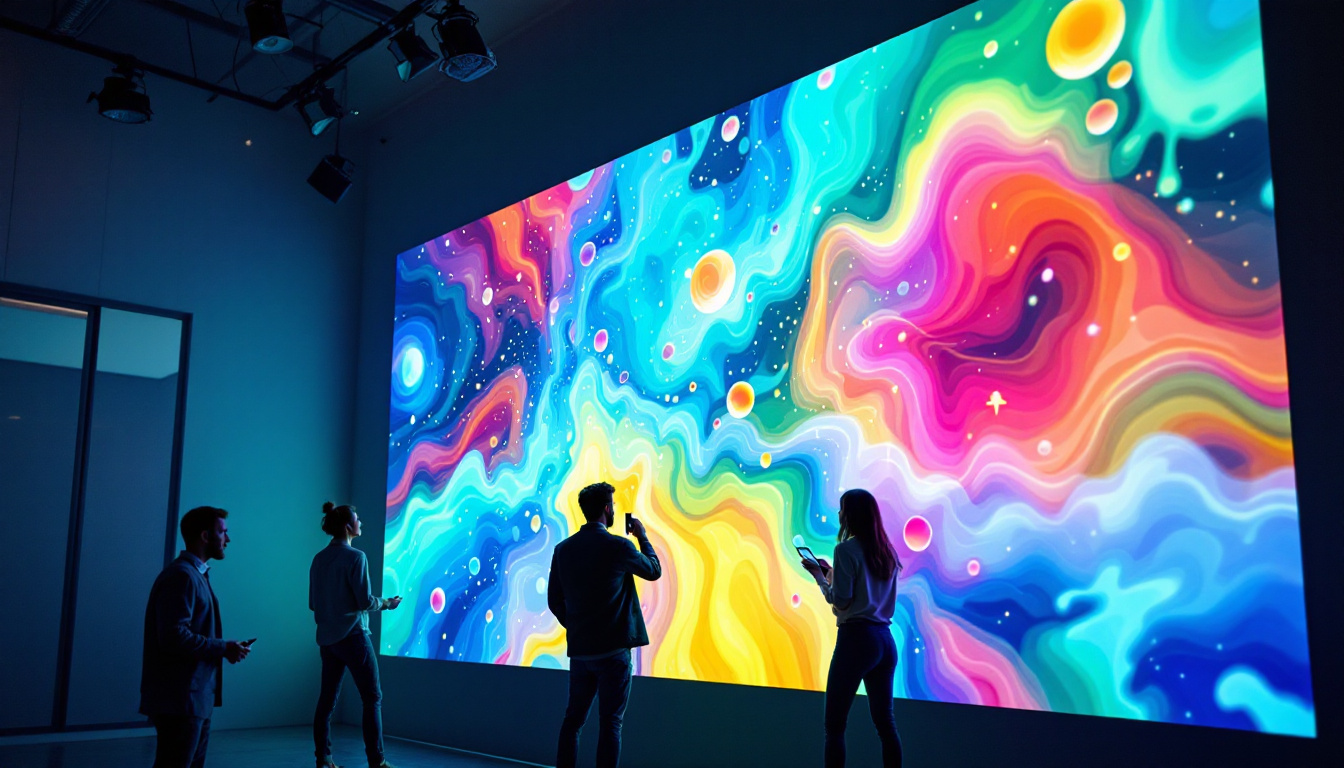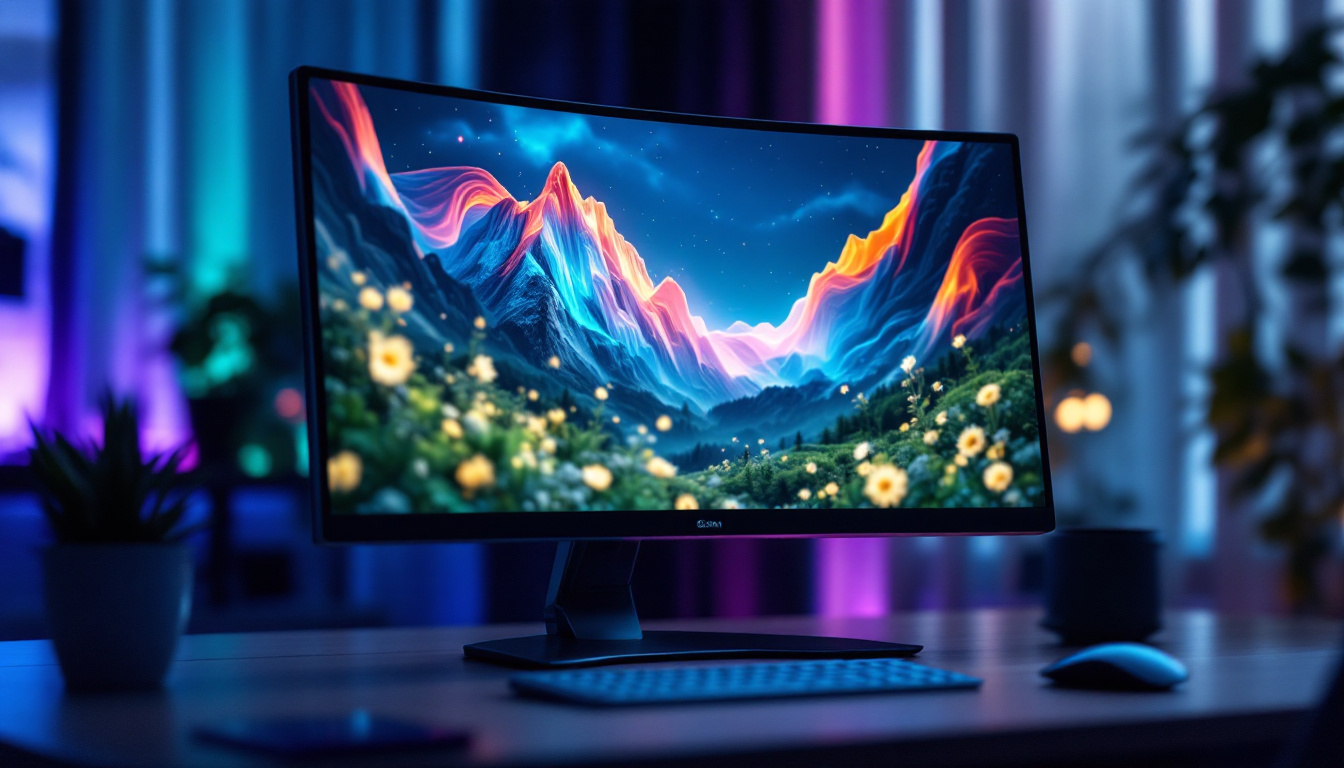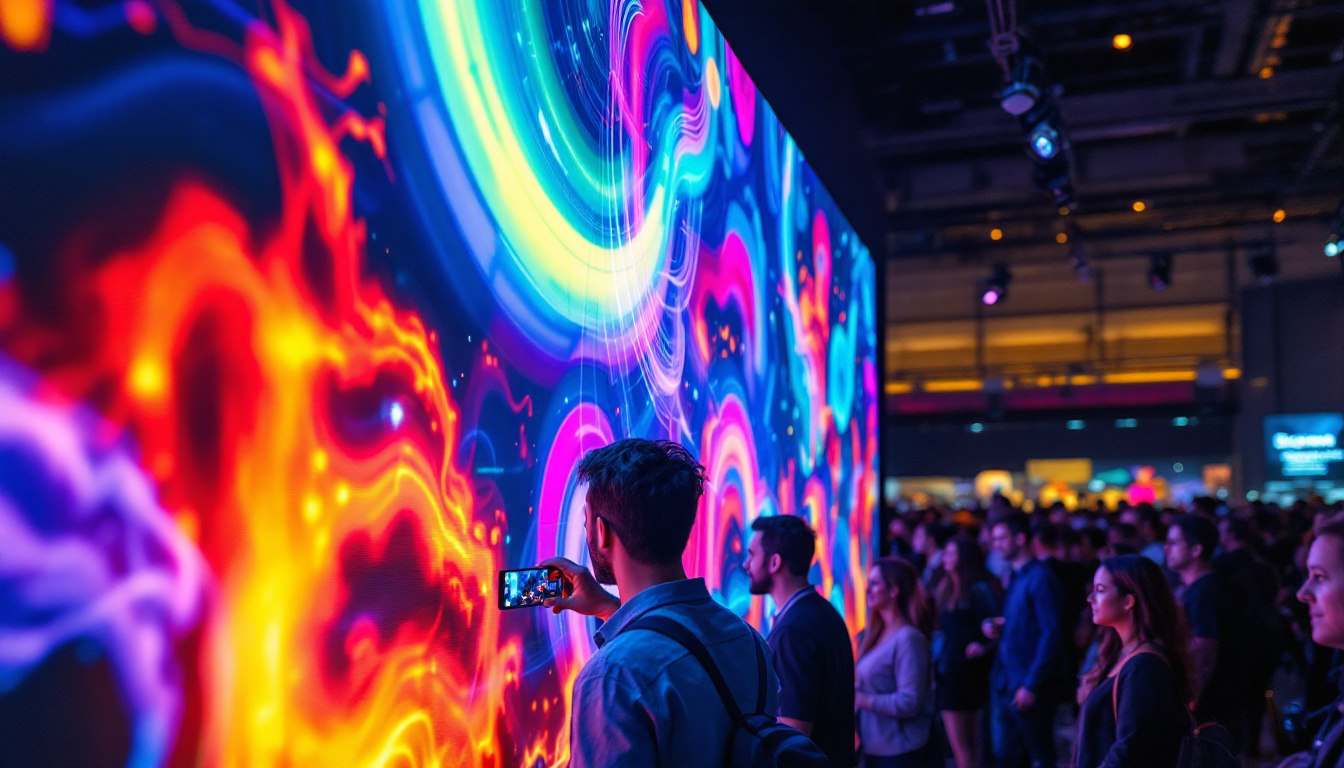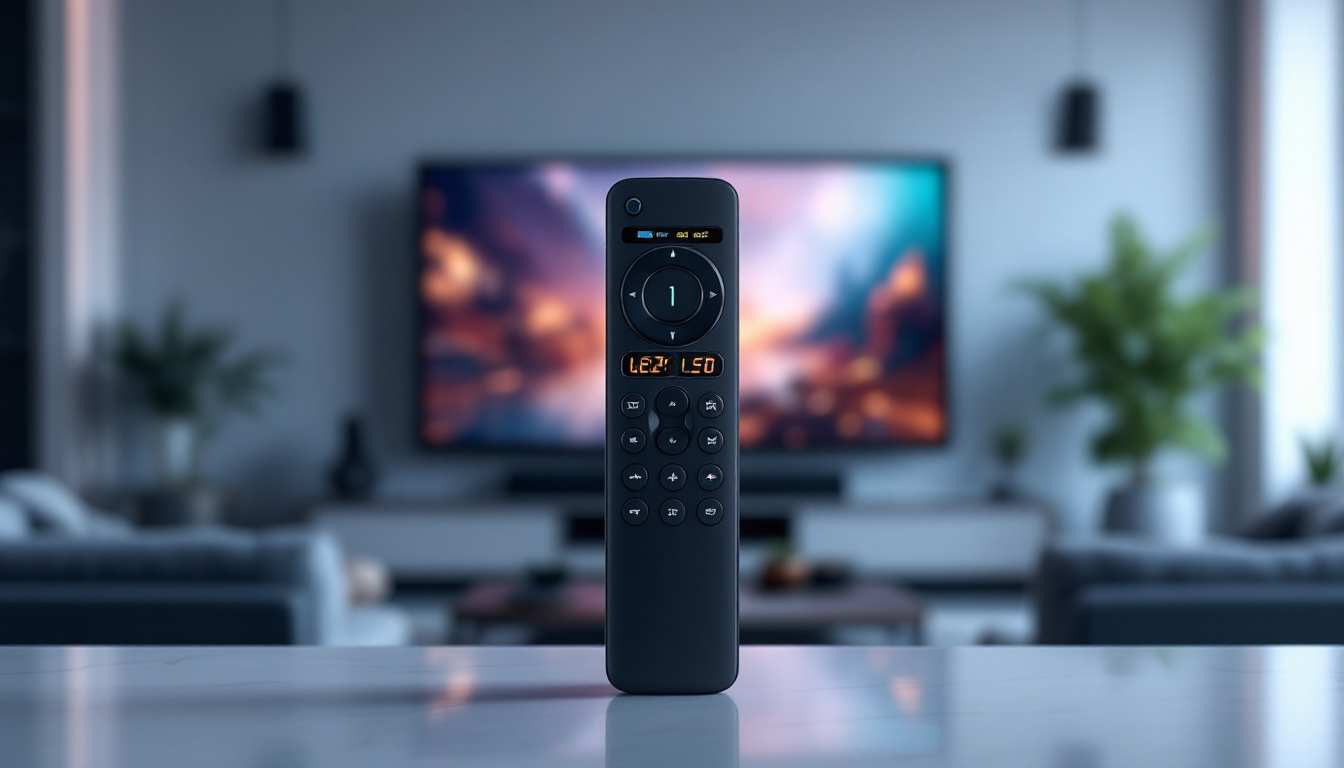In the digital age, the demand for high-quality visual displays has surged. Among the various technologies available, LED displays have emerged as a preferred choice for both commercial and personal use. This article explores the intricacies of LED displays, their advantages, applications, and the technology behind them.
Understanding LED Technology
LED, or Light Emitting Diode, is a semiconductor device that emits light when an electric current passes through it. This technology has revolutionized the way we perceive visuals, offering brighter, more vibrant images compared to traditional display methods. The energy efficiency of LEDs also plays a crucial role in their widespread adoption, as they consume significantly less power than incandescent or fluorescent lights, making them an environmentally friendly option.
How LEDs Work
LEDs operate on a simple principle: when electrons move through a semiconductor material, they release energy in the form of photons, which we see as light. This process is known as electroluminescence. The color of the light emitted depends on the materials used in the semiconductor, allowing for a wide range of colors and brightness levels. The efficiency of this process has led to the development of high-performance LEDs that can produce a significant amount of light while minimizing energy waste.
In LED displays, multiple diodes are arranged in a grid to create images. Each pixel is made up of red, green, and blue (RGB) LEDs, which can be mixed in various intensities to produce a full spectrum of colors. This RGB combination is what gives LED displays their vibrant and dynamic appearance. Furthermore, advancements in technology have enabled the creation of smart LEDs that can adjust brightness and color based on ambient light conditions, enhancing the viewing experience in different environments.
Types of LED Displays
LED displays come in various forms, each designed for specific applications. The most common types include:
- Direct View LED Displays: These displays are made up of individual LEDs that form the entire screen. They are commonly used for large outdoor billboards and indoor screens due to their high brightness and visibility. Their robust design allows them to withstand harsh weather conditions, making them ideal for outdoor advertising.
- LED Backlit LCD Displays: These displays use LEDs as a backlight for traditional LCD screens. They provide improved brightness and contrast compared to standard LCDs. This hybrid technology is particularly popular in televisions and computer monitors, where enhanced color reproduction and energy efficiency are desired.
- Organic LED (OLED) Displays: OLED technology uses organic compounds to emit light. These displays offer better color accuracy and deeper blacks but are generally more expensive. The flexibility of OLEDs also allows for innovative designs, such as curved screens and ultra-thin displays, pushing the boundaries of visual technology.
In addition to these common types, there are also specialized LED displays designed for unique applications, such as transparent LED screens that allow for creative advertising solutions, and flexible LED panels that can be shaped to fit unconventional spaces. The versatility of LED technology continues to inspire new innovations across various industries, from entertainment to automotive lighting, showcasing its potential to transform our visual experiences in the years to come.
The Advantages of LED Displays
The popularity of LED displays can be attributed to several key advantages that set them apart from traditional display technologies.
Energy Efficiency
One of the most significant benefits of LED displays is their energy efficiency. Compared to older technologies like incandescent bulbs or traditional LCDs, LEDs consume significantly less power. This not only reduces electricity bills but also contributes to a lower carbon footprint, making them an environmentally friendly choice. Furthermore, the reduced energy consumption translates into less heat generation, which can be advantageous in maintaining optimal operating conditions for other electronic devices in the vicinity.
Longevity and Durability
LED displays are known for their long lifespan. While traditional displays may need frequent replacements, LEDs can last for tens of thousands of hours, reducing maintenance costs and downtime. Additionally, they are more resistant to shock and vibration, making them suitable for various environments, including outdoor settings. The robust construction of LED displays also means they can withstand extreme weather conditions, such as heavy rain or intense sunlight, ensuring consistent performance over time. This durability makes them a preferred choice for businesses looking to invest in long-term solutions for signage and advertising.
Brightness and Visibility
LED displays are incredibly bright, making them ideal for both indoor and outdoor use. Their high brightness levels ensure that images remain clear and vibrant, even in direct sunlight. This feature is particularly beneficial for advertising and public information displays, where visibility is crucial. Moreover, the ability to adjust brightness levels dynamically allows for optimal viewing experiences in varying light conditions, ensuring that content is always legible. This adaptability is especially important in urban environments, where ambient light can fluctuate dramatically throughout the day.
Applications of LED Displays
LED displays have found their way into numerous sectors, showcasing their versatility and effectiveness. Here are some of the most common applications:
Advertising and Marketing
One of the most prominent uses of LED displays is in advertising. Billboards, storefronts, and event venues utilize LED technology to capture attention and convey messages effectively. The ability to change content quickly and remotely allows businesses to adapt their marketing strategies in real-time.
Entertainment and Events
In the entertainment industry, LED displays are used for concerts, festivals, and sporting events. Large screens provide audiences with an enhanced viewing experience, displaying live feeds, graphics, and advertisements. The flexibility of LED technology allows for creative displays that can be tailored to the event’s theme.
Transportation and Public Information
LED displays are also widely used in transportation systems. From electronic billboards on highways to information screens in train stations, LEDs provide real-time updates on schedules, directions, and alerts. Their high visibility ensures that important information is easily accessible to the public.
The Technology Behind LED Displays
Understanding the technology behind LED displays is essential for appreciating their capabilities. Several components work together to create the stunning visuals that users experience.
Pixel Configuration
As mentioned earlier, LED displays are made up of pixels, each consisting of RGB LEDs. The arrangement of these pixels determines the resolution of the display. Higher pixel density results in clearer images, making it crucial for applications where detail is important, such as digital signage and video walls.
Control Systems
Control systems are vital for managing the content displayed on LED screens. These systems allow users to upload, schedule, and control the display of images and videos. Advanced software can also enable interactive features, such as touch responses or integration with social media platforms.
Heat Management
LEDs generate heat during operation, and effective heat management is crucial for maintaining performance and longevity. Many LED displays incorporate cooling systems, such as fans or heat sinks, to dissipate heat and ensure optimal functioning. Proper heat management not only enhances performance but also extends the lifespan of the display.
Challenges and Considerations
While LED displays offer numerous advantages, there are challenges and considerations that users should keep in mind when investing in this technology.
Initial Costs
The initial investment for LED displays can be higher than traditional display technologies. However, the long-term savings in energy consumption and maintenance often offset these costs. It is essential for businesses to evaluate their needs and budget before making a decision.
Content Creation
Creating engaging content for LED displays requires specialized skills and tools. Businesses may need to invest in graphic design software or hire professionals to develop eye-catching visuals that effectively convey their message. Ensuring that content is regularly updated is also crucial for maintaining audience interest.
Environmental Factors
For outdoor LED displays, environmental factors such as weather conditions can impact performance. Displays must be designed to withstand rain, wind, and extreme temperatures. Additionally, proper installation and maintenance are essential to ensure longevity in outdoor settings.
The Future of LED Displays
The future of LED displays looks promising, with ongoing advancements in technology and applications. As industries continue to seek innovative ways to engage audiences, LED displays will play a pivotal role in shaping visual communication.
Advancements in Technology
Emerging technologies such as microLED and miniLED are set to revolutionize the display industry. These technologies offer even higher resolutions, improved color accuracy, and enhanced energy efficiency. As these innovations become more accessible, they will likely drive down costs and expand the market for LED displays.
Integration with Smart Technologies
As the world becomes increasingly interconnected, LED displays are expected to integrate more seamlessly with smart technologies. This could include features such as real-time data feeds, interactive content, and integration with IoT devices. Such advancements will enhance the user experience and open up new possibilities for engagement.
Broader Applications
Beyond advertising and entertainment, LED displays are likely to find applications in education, healthcare, and more. As technology continues to evolve, the potential for innovative uses of LED displays will expand, making them an integral part of various industries.
Conclusion
LED displays have transformed the landscape of visual communication, offering unparalleled brightness, energy efficiency, and versatility. As technology advances, the applications for LED displays will continue to grow, making them an essential tool for businesses and organizations. Understanding the technology behind these displays, along with their advantages and challenges, is crucial for anyone looking to leverage this powerful medium.
Whether used for advertising, entertainment, or information dissemination, LED displays are here to stay, shaping the way we interact with visual content in the digital age.
Discover Cutting-Edge LED Displays with LumenMatrix
Ready to elevate your visual communication with the latest in LED display technology? LumenMatrix is at the forefront of innovation, offering a wide array of LED display solutions that bring your brand to life. From the vibrant Indoor LED Wall Display to the dynamic Outdoor LED Wall Display, and from the mobile Vehicle LED Display to the interactive Floor LED Display, our products are designed to captivate and engage. Experience the future of digital signage with our Custom LED Displays, All-in-One LED Displays, and LED Transparent Displays. Check out LumenMatrix LED Display Solutions today and transform your space into a mesmerizing visual experience.

